
Asylum in Switzerland
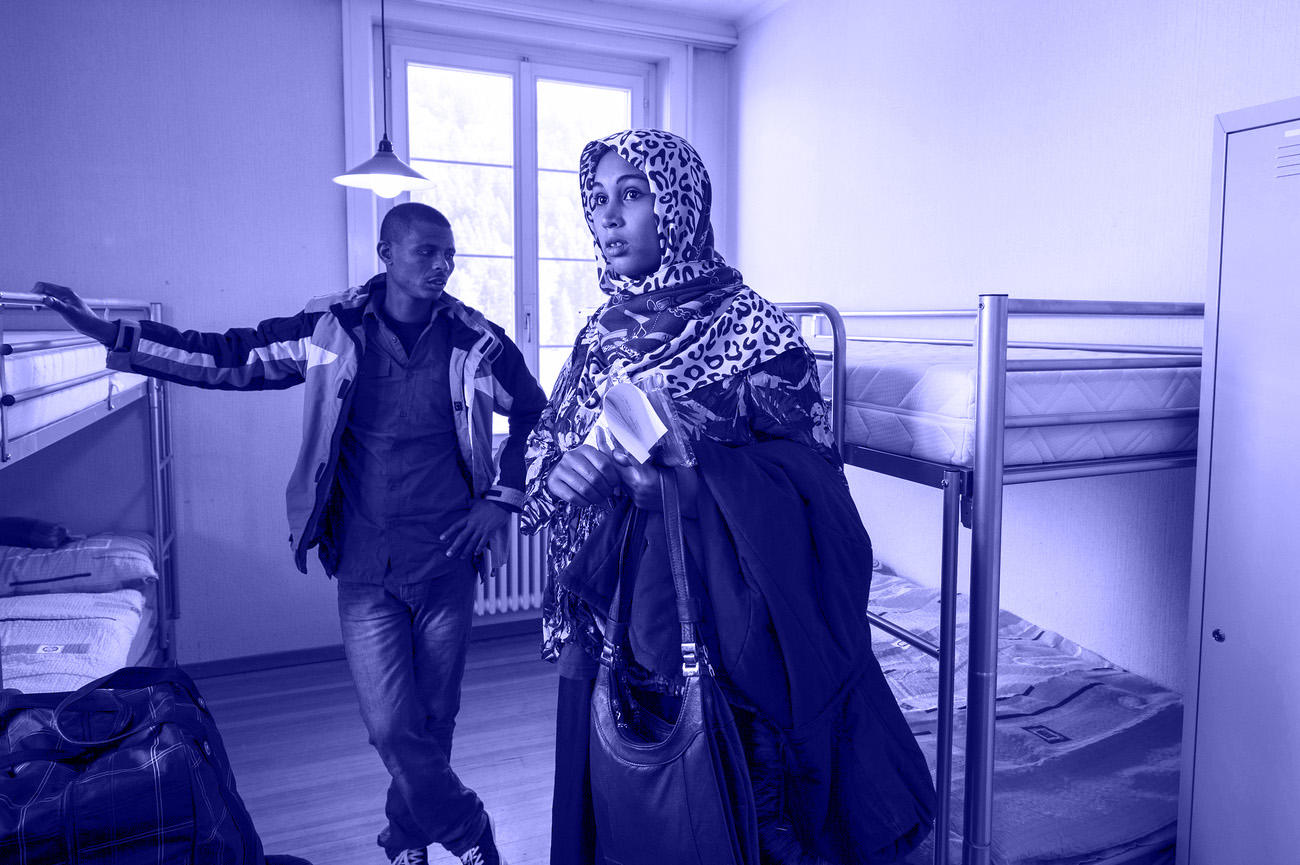
Anyone can apply for asylum – protection from persecution – in Switzerland, but applicants must prove or at least credibly demonstrate their refugee status.
The Swiss Asylum ActExternal link defines the term refugee and the conditions which can – and cannot – result in asylum.
According to the act, “cases are not credible in particular if they are unfounded in essential points or are inherently contradictory, do not correspond to the facts or are substantially based on forged or falsified evidence”.
The new, overhauled Swiss asylum system came into effect on March 1, 2019. The aim of the reform was to speed up procedures, with major changes to the organisation of reception centres, legal aid and the timeframes for appeal.
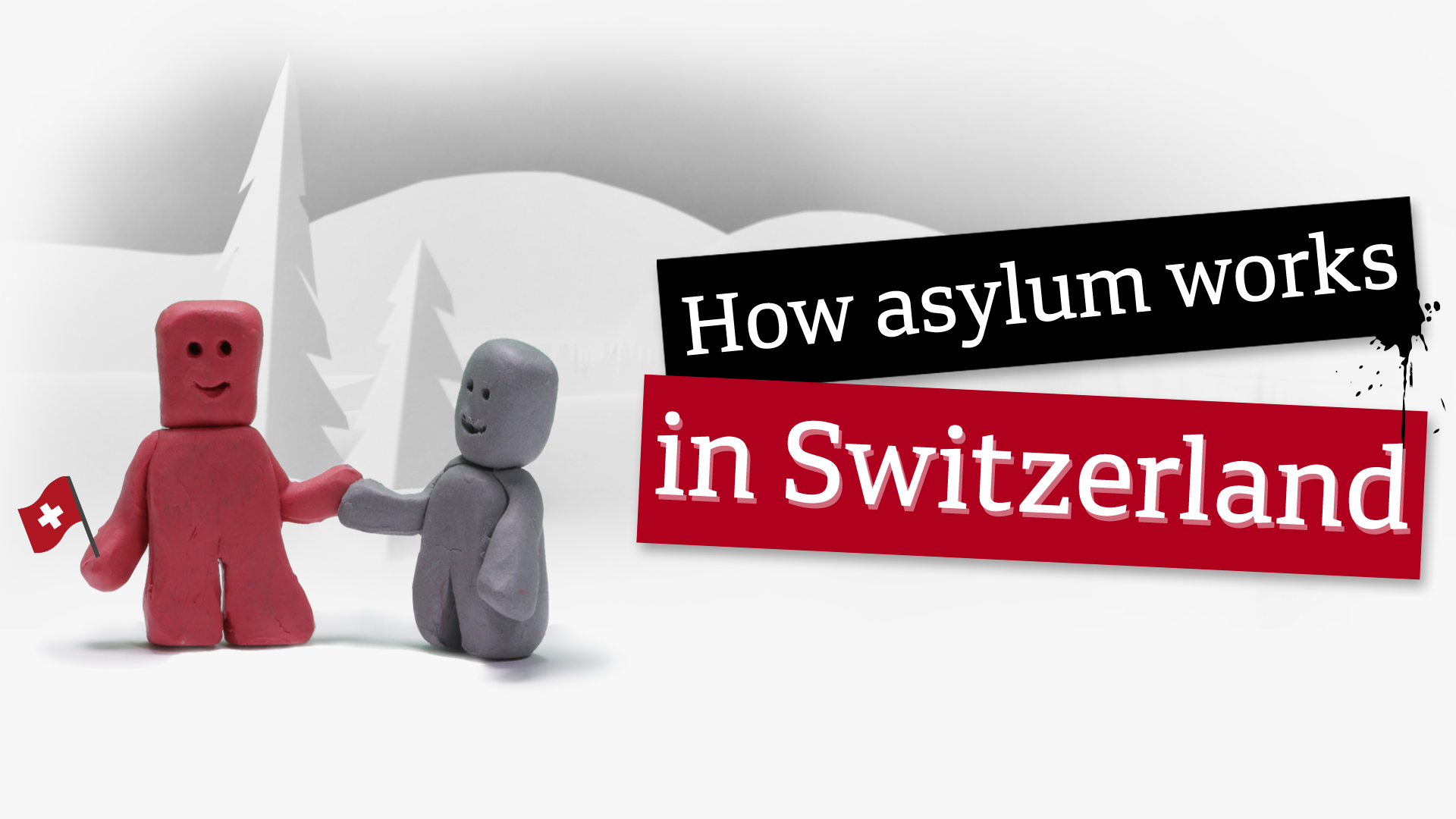
More
How the Swiss asylum system works
Arrival in Switzerland
An asylum application may be made:
– orally or in writing at any Swiss border crossing or at the border control office at a Swiss airport;
– directly at the federal centres for asylum seekers run by the State Secretariat for Migration (SEM).
It is not possible to apply for asylum in Switzerland from abroad. However, people who want to apply for asylum in Switzerland may file a visa request with a Swiss diplomatic representation. A humanitarian visa may be issued if there is a direct, serious and concrete threat to life or physical integrity.
People who have left their home countries and are staying in a third state are considered not in serious danger and therefore ineligible for asylum.
Note that Switzerland is party to the Dublin AgreementExternal link, which requires the first European country where an asylum seeker arrives to fingerprint the person and hear their application. Asylum seekers who then travel to another EU/EFTA country and reapply for asylum should in theory be sent back to the country where they first applied.
The Dublin agreement is currently being renegotiated and the different countries are trying to agree on a European migration pact.
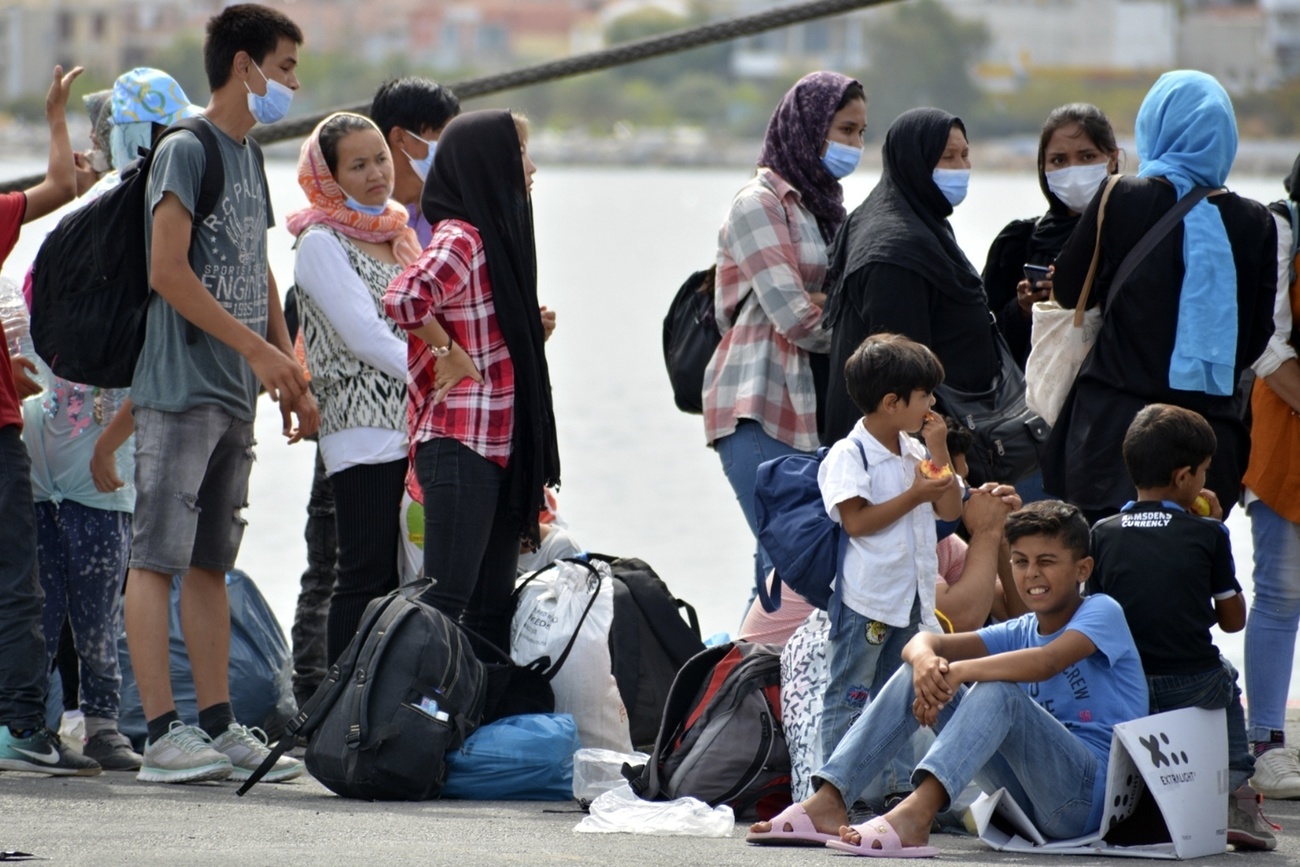
More
What’s the best way to distribute asylum seekers in Europe?
Preparatory phase
Irrespective of how they entered Switzerland, asylum seekers must report to one of the country’s registration centres in order to initiate the asylum procedure. During this preparatory phase, which lasts around three weeks, they are accommodated on site and are entitled to free legal aid.
Applicants undergo several interviews with SEM staff, who seek to establish their identity and determine whether Switzerland has jurisdiction to process their application. They are asked to provide their personal details, travel route and reasons for seeking asylum. Their fingerprints are taken and compared with those recorded in the European Eurodac database. The centre also carries out health checks and, if necessary, age tests and DNA analysis.
Assignment to a procedure
After collecting this initial information on the asylum application, the SEM assigns the applicant to a type of procedure. This decision is based on the situation in the country of origin, the credibility of the application and the applicant’s behaviour.
– Dublin procedure: if the SEM finds that the asylum seeker has already been registered in another country signatory to the Dublin agreement, it arranges for them to be returned to that state. Exceptions may be made in the event of systemic failure in the handling of applicants in certain countries. This procedure is expected to last a maximum of 140 days and takes place in the registration centre.
– Accelerated procedure: if the SEM finds that the information obtained during the preparatory phase is sufficient to reliably assess the asylum application, it opts for an accelerated procedure. A new hearing takes place and a decision is made within eight working days. This procedure is expected to last a maximum of 100 days and takes place in the registration centre.
– Extended procedure: if the SEM finds that the information obtained during the preparatory phase is insufficient to make a decision on asylum and that additional investigation is necessary, it opts for an extended procedure. The person is then assigned to a canton and transferred to a regional reception centre. This procedure is expected to last a maximum of one year.
While awaiting the asylum decision, the applicant receives an N permit. This means that they may not work for the first three to six months, and after that only with permission. They are not allowed to bring family members to Switzerland or travel abroad.
Since it came into force, the new Swiss asylum system has come under much criticism from lawyers and migrant aid associations. In particular, they accuse the SEM of making decisions too quickly and without taking due account of the applicants’ state of health, of applying too strict deadlines and of establishing a security regime in the federal reception centres.
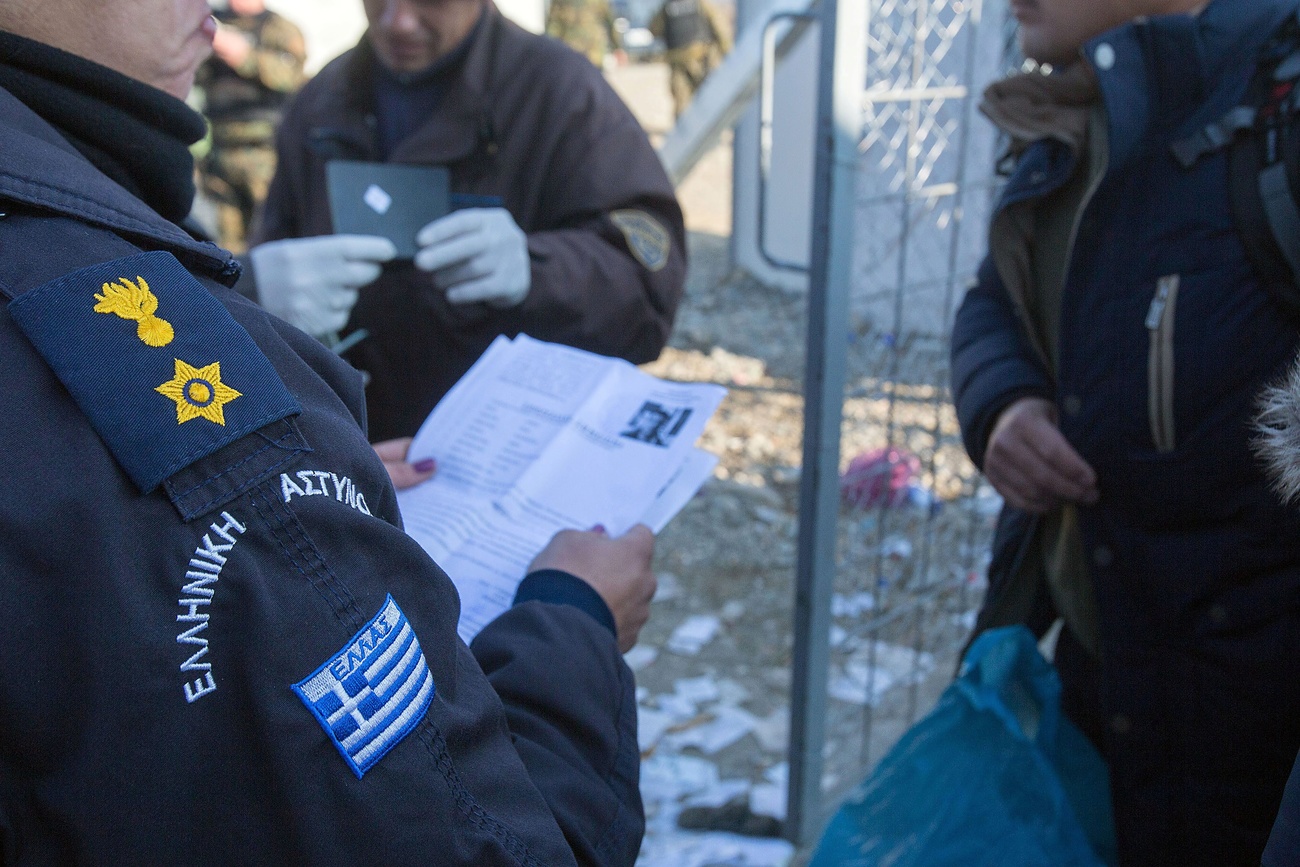
More
Accelerated asylum: creating more problems than solutions?
Positive decision
If the SEM deems that the applicant fulfils the criteria for refugee status, the asylum decision is positive and the person is transferred to a canton and can begin the process of integrating into life in Switzerland.
They are granted a B permit, which means that they can work, bring family members to Switzerland and travel abroad, except to their country of origin.
Negative decision
If the SEM considers that the asylum seeker does not fuflil the criteria for refugee status, the decision is negative and the person is asked to leave the country within a set period of time, or else risks forced expulsion to their country of origin. Rejected applicants, including minors, may be imprisoned prior to their deportation.
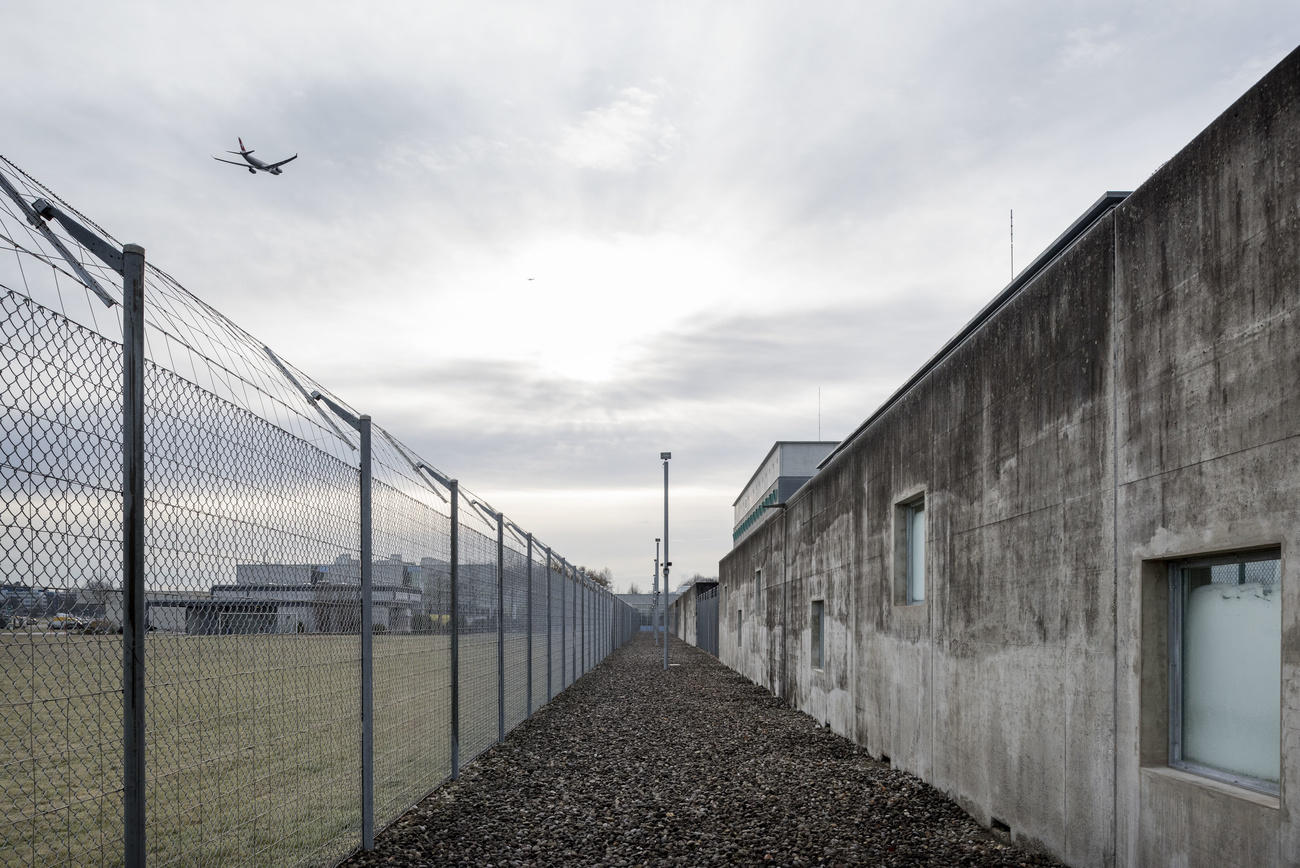
More
Despite criticism, Switzerland continues to incarcerate minors
If no readmission agreement exists with the state of origin, the person cannot be forcibly returned and is asked to leave Swiss territory of their own accord. If they decide to stay, they will not be able to work, receive training or bring family members. They will not be entitled to social assistance, but only emergency assistance.
If the general situation in the country of origin is too bad (i.e., war or armed conflict) and deportation would violate Switzerland’s obligations under international law, the person may be granted temporary admission. They are then given an F permit, which entitles them to seek work immediately, but only to bring family members after three years and subject to conditions.
Appeal
Applicants may appeal to the Federal Administrative Court against any negative decision or inadmissibility decision issued by the SEM.
The time limit for appeal varies according to the procedure: five working days in a Dublin procedure, seven working days in an accelerated procedure and 30 days in an extended procedure. The Federal Administrative Court rules in second and last instance, which means that the person concerned can only appeal once against a negative asylum decision.

In compliance with the JTI standards
More: SWI swissinfo.ch certified by the Journalism Trust Initiative






























You can find an overview of ongoing debates with our journalists here . Please join us!
If you want to start a conversation about a topic raised in this article or want to report factual errors, email us at english@swissinfo.ch.